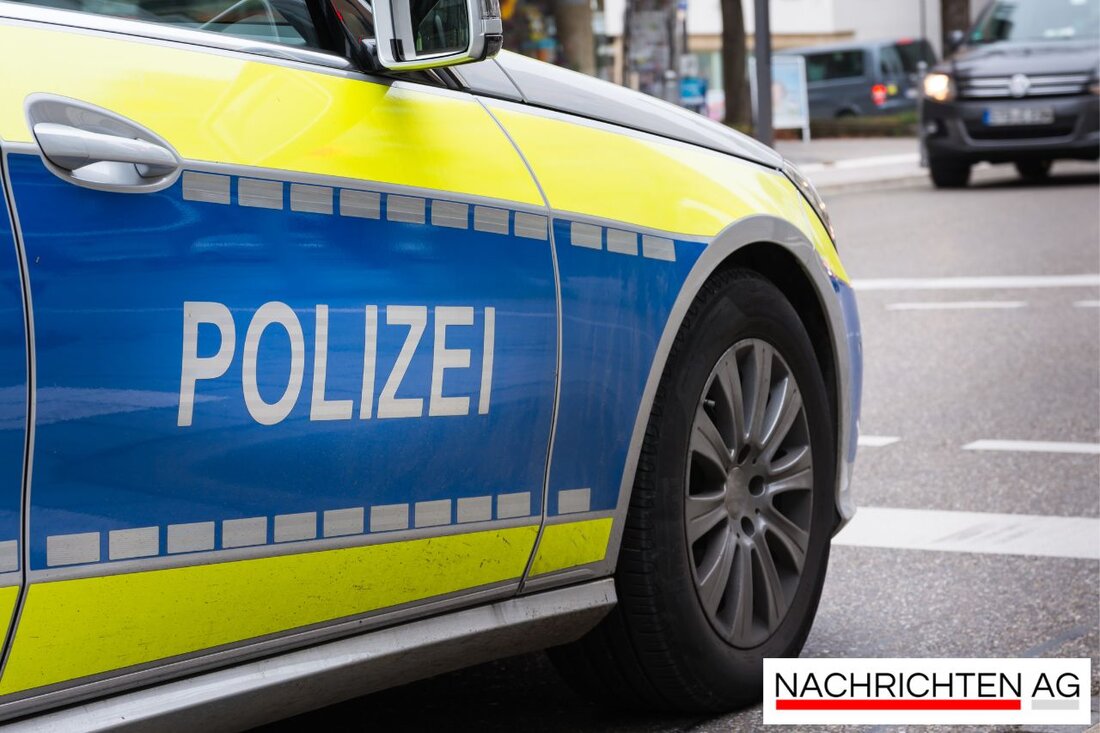Attention, speed camera hotspot! Lightning strikes so quickly in Vienna today!
Mobile speed camera in Vienna on September 28th, 2025: Hietzinger Kai monitors speed, speed limit 140 km/h, increase safety.

Attention, speed camera hotspot! Lightning strikes so quickly in Vienna today!
In Vienna, attention is once again paid to the speed of road users. On September 28, 2025, only a mobile speed trap will be available to drivers. Loud news.de The current location of this speed trap is at Hietzinger Kai (zip code 1130) at the level of the BP gas station and was reported at 11:20 a.m. The speed limit here is 140 km/h and adapting the speed to the traffic situation is strongly recommended.
The city of Vienna relies on continuous monitoring of road traffic. The police have been instructed to carry out temporary speed measurements throughout the city. These mobile speed cameras are positioned irregularly by the police to increase road safety. Another appeal comes from the ÖAMTC, which encourages all road users to strictly adhere to the speed limits in order to avoid accidents, as stated in a report oeamtc.at is mentioned.
Technology and tolerance
Modern radar boxes use innovative laser measurement and can flash in both directions, depending on the location and traffic conditions. It is noticeable that the new devices have a lower measurement tolerance: at a speed limit of less than 100 km/h the tolerance is only 3 km/h, while at higher speeds it is 3%. But be careful: tolerance for punishment is not uniformly regulated, which could come as a surprise to some road users.
The police in Vienna follow a mobile concept and change the locations of the radar boxes regularly. These are specifically placed at accident scenes, in places with high traffic volumes and in areas with necessary environmental restrictions. The well-known locations include the Inner Währinger Belt at the entrance to the AKH, the southeast tangent (A23) at the Hansson curve and the Floridsdorf and Kagraner bridges. These measures aim to increase road safety and raise drivers' awareness of the applicable speed limits.
The history of speed cameras
Speed cameras in Austria have a long history. The first test radar measurement took place in 1957, and the radar trap was approved in Germany in 1959. Today, around 4,400 permanently installed speed cameras are active in Germany, with mobile and stationary speed cameras being the main means of speed monitoring. Mobile radar measuring devices also offer the opportunity to create video recordings, while stationary speed cameras are often clearly visible.
It works based on the Doppler effect, in which radar waves are emitted and reflected by the vehicle. Calculating the reflected waves enables precise speed measurement. If you exceed the speed limit, a photo of the vehicle will also be taken. In Austria, the vehicle is hit from behind - owner liability comes into play here, which means that in the event of a violation, the owner of the vehicle can be held responsible. Find out more about the mechanics of these traffic controls on bussgeldkatalog.org.
Speed cameras are a necessary tool to improve safety on the roads. That's why it's advisable to always observe the speed limits - that's for sure!

 Suche
Suche
 Mein Konto
Mein Konto